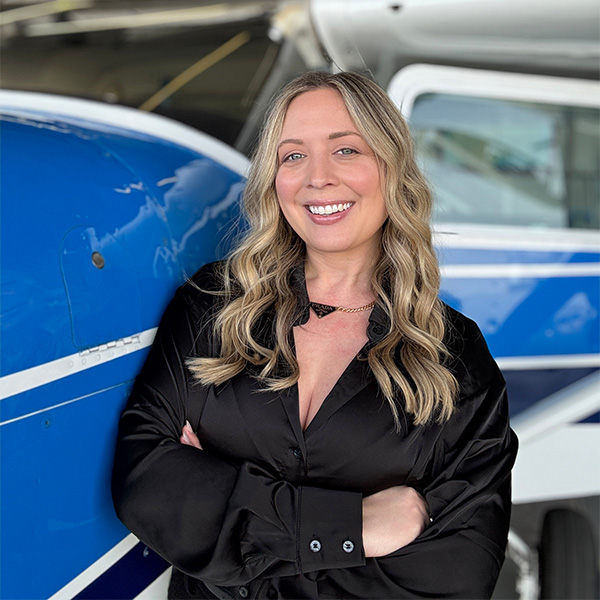Supersonic demonstrator makes debut flight
Boom Supersonic, developer of a supersonic airliner called Overture, announced the first flight of its XB–1 supersonic jet demonstrator aircraft at Mojave Air and Space Port/Rutan Field in Mojave, California.
The XB–1 is a steppingstone for the Overture project that the company hopes will revive supersonic civil aviation, speeds not achieved after the Concorde’s retirement in 2003.
Since the end of World War II, the Mojave airspace has played host to several historic flights, including first flights of the Bell X–1, the hypersonic rocket-powered aircraft North American X–15, and the Lockheed SR–71 blackbird.
Boom reported that the XB–1 met all its test goals and was flown at speeds up to 238 knots and an altitude of 7,120 feet. The XB–1 was piloted by Boom’s chief test pilot, Bill “Doc” Shoemaker. Test pilot Tristan “Geppetto” Brandenburg piloted the chase aircraft, a Northrop T–38 Talon.
Shoemaker said, “Everyone on the XB-1 team should be incredibly proud of this achievement. It has been a privilege to share this journey with so many dedicated and talented professionals. The experience we have gained in reaching this milestone will be invaluable to Boom’s revival of supersonic travel.”
To enable safe and stable operations, Boom engineers used computational fluid dynamics (CFD) simulations when designing the XB–1. CFD applies digital models to predict how an aircraft will behave in flight.
The XB–1 is made almost completely of carbon fiber composite materials and is powered by Boom’s advanced supersonic propulsion system that allows conventional jet engines to power the aircraft from takeoff through supersonic flight. The engine intakes are designed to slow supersonic air to subsonic speeds, which converts kinetic energy into pressure energy.
The jet is outfitted with the company’s proprietary advanced avionics that include an augmented reality vision system. The system comprises two nose-mounted cameras that are digitally augmented to display the attitude and flight path indications in high-resolution to the pilot, enabling runway visibility. The company said, “This system enables improved aerodynamic efficiency without the weight and complexity of a movable nose.”
The company said that even though Overture is still currently in development, it has 130 orders and pre-orders from American Airlines, United Airlines, and Japan Airlines. The aircraft is designed to carry 64 to 80 passengers, travel at Mach 1.7 and is planned to run on up to 100 percent sustainable aviation fuel.




